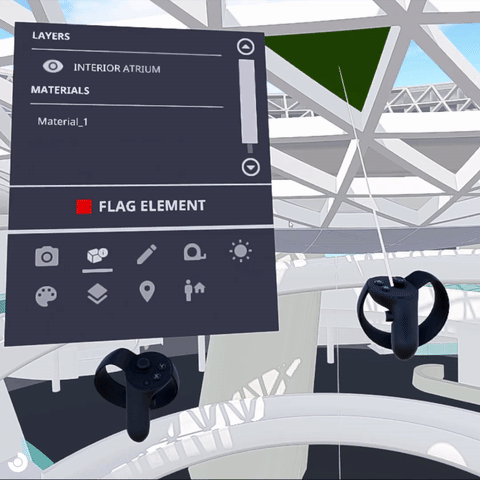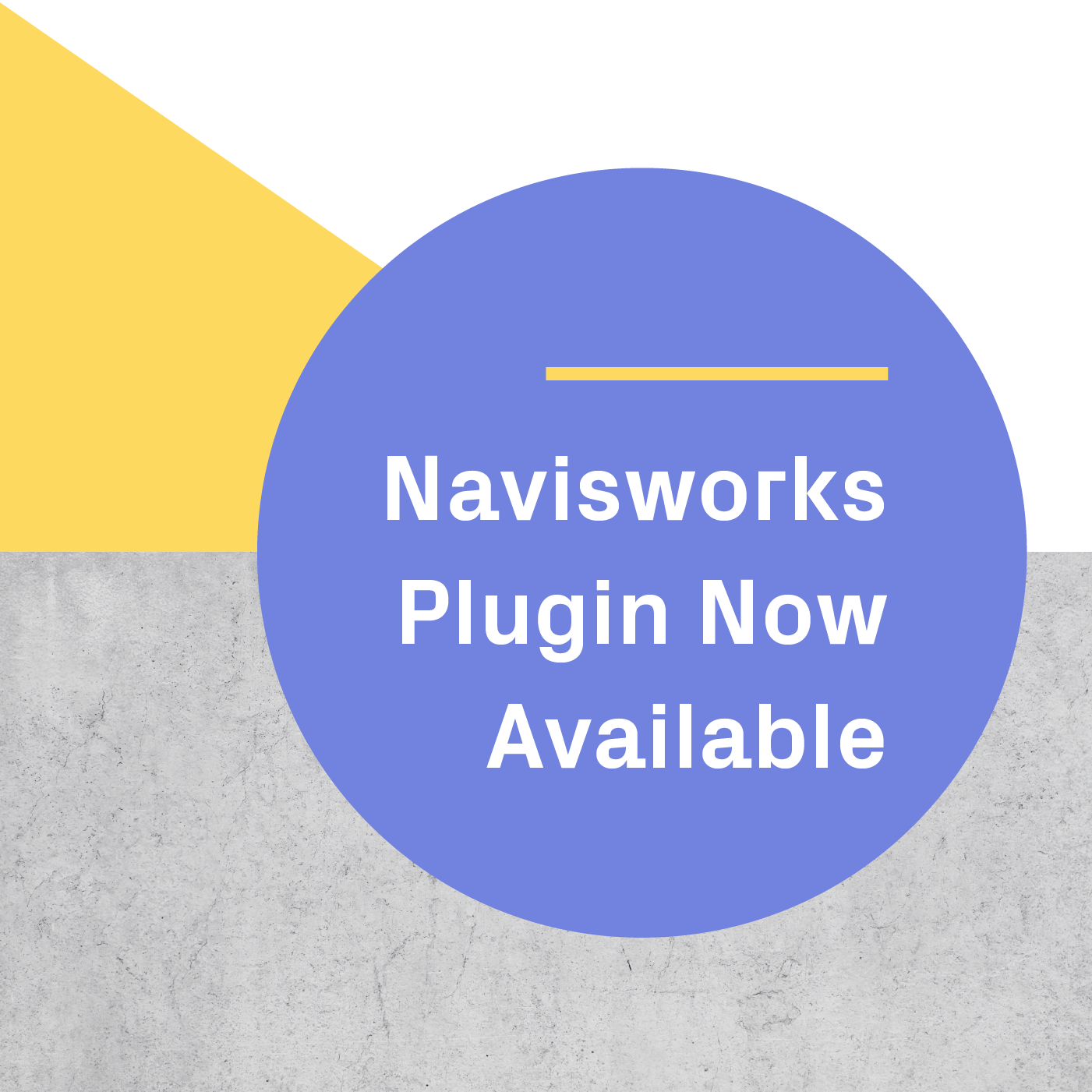We're strong believers in the idea that virtual reality has practical applications across a variety of industries and use cases, and building safety is no exception. The construction industry spends around $10 trillion annually worldwide, with a little over 10% of that amount being spent in the United States. Of that $1 trillion, a whopping $78 billion is wasted on things like rework, defect claims, and disputes, often due to code compliance and safety issues. This waste can be avoided through clearer and more immersive communication using VR.
In our investigation of the building safety and code compliance problems plaguing the industry, we leveraged an ICC/NAHB code violation survey to identify some of the most prevalent issues. It turns out, some of the most common code violations are due to simple missteps relating to handrail height, window height, and stair headway.
 Measure distances easily with our in-VR measuring tool, released in Prospect 1.6.
Measure distances easily with our in-VR measuring tool, released in Prospect 1.6.
While many professionals are well aware of the requirements for compliance with the aforementioned issues, it can be difficult to spot discrepancies when working on large models, or if the professional is simply not familiar with the model or plans. Inspecting buildings in VR allows the user to engage with the model and plans in an immersive and true-to-scale way, making it easier to intuitively spot violations, especially when working on large projects.
Desktop VR (like Prospect) can allow you to spot errors before the construction process begins, but you can also utilize mobile VR (like Scope) to coordinate more effectively during construction. Capturing 360° panoramas on the job site with a 360° camera (such as the Ricoh Theta) allows you to easily communicate the status of a project with team members off-site, and can help you compare the status of the site with what was set forth in the model.
When demonstrating our findings at the 2017 Building Safety & Design Expo, we gleaned some great insights from building inspectors and other AEC professionals on how they'd like to use virtual reality to review designs for safety and code compliance issues. One of the top requests we heard was the desire to see element and material info from a 3D model in VR.
In our most recent version of Prospect, we've released a new Inspect Element tool. This allows you to select individual elements inside the model and view their properties. Additionally, you can set visibility settings for individual elements, and flag them for further review. From a building safety perspective, we learned that it's critical to make sure that the correct materials are being used for specific elements of a building.

For training purposes, virtual reality can also be used to place an individual in a 3D model that has been specifically designed with building safety or code compliance issues. This allows for more cost-effective training programs as compared to off-site trips to inspect buildings, and allows for easy iteration as building codes change and the training model must be updated.
Do you have thoughts on how virtual reality could be used for building safety, or examples of how you've used it in the past? Let us know in the comments below!
.png?width=212&name=Prospect%20by%20IrisVR%20Black%20(1).png)
